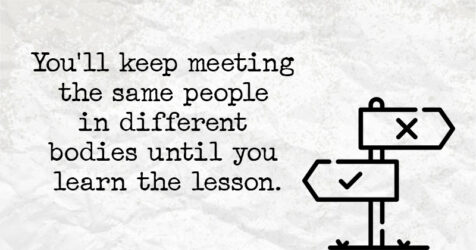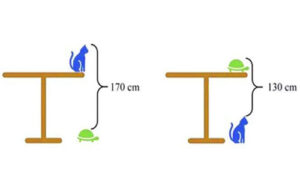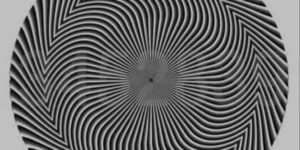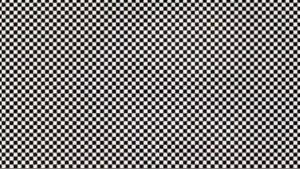How many numbers do you see?

Interesting Facts about Numbers
Zero
The term ‘love’ in tennis refers to a score of zero. Why?
Some claim it’s derived from the gambling idiom ‘love or money,’ implying that you can play a game for money (stakes) or for love (nothing).
One
In fraud detection, 1 is significant. Benford’s law states that 1 appears as the initial digit in numbers more frequently than 2, which appears more frequently than 3, and so on.
145, 1189, and 1590, for example, will appear more frequently than 245, 2189, and 2590, which will appear more frequently than 345, 3189, and 3590, and so on.
In many real-life scenarios, such as scientific data and financial accounting, about a third of numbers should begin with 1. Otherwise, there’s a chance you’re being duped.
Two
Only one prime number is even, and you’ve probably guessed it by now: 2.
Three
Take any number and multiply it by 3. Now add the new number’s digits together. The outcome will always be divisible by three, no matter what number you start with. Take the number 1587, for example:
1472 × 3 = 4416
4 + 4 + 1 + 6 = 15
And dividing 15 by 3 yields result with no remainder.
Four
Any map may be colored with just four colors. The first important mathematical theorem to be proved using a computer was Francis Guthrie’s conjecture in 1853. Kenneth Appel and Wolfgang Haken, two programmers, received the award in 1976.
Five
Only five platonic solids exist: the tetrahedron (4 faces), the cube (6 faces), the octahedron (8 faces), the dodecahedron (12 faces), and the icosohedron (13 faces) (20 faces). The platonic solids are perfectly regular, making them suitable for use as fair dice.



















